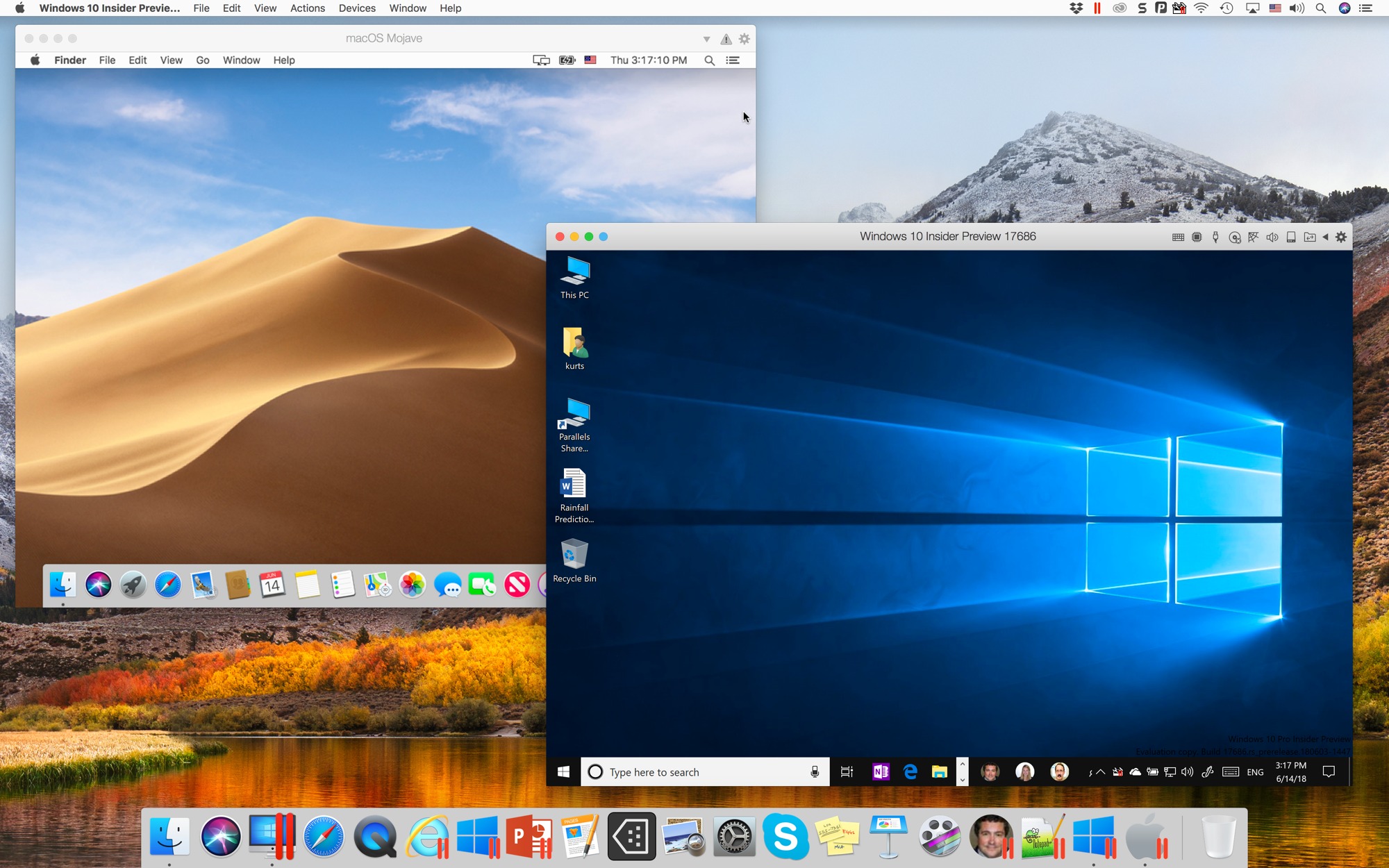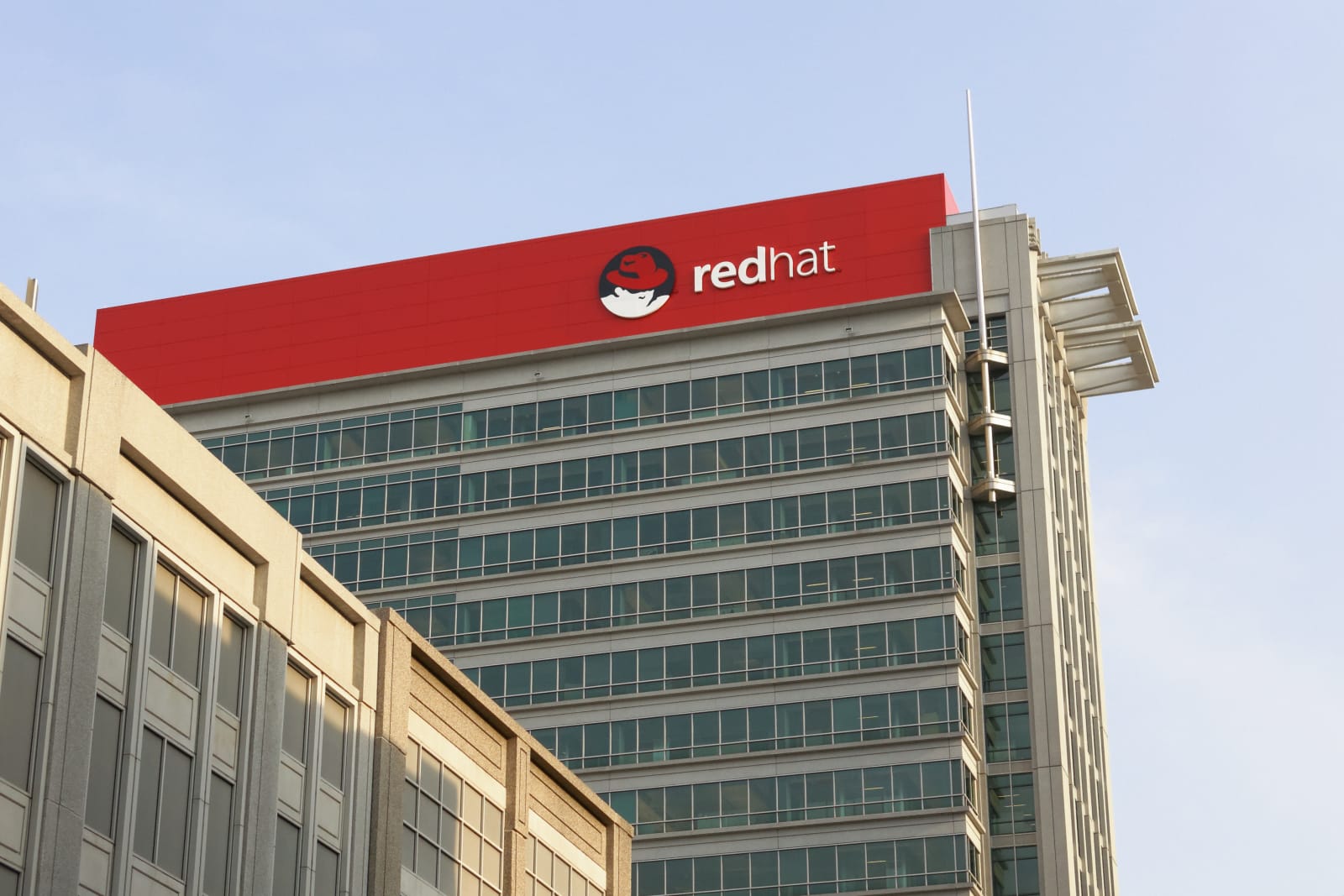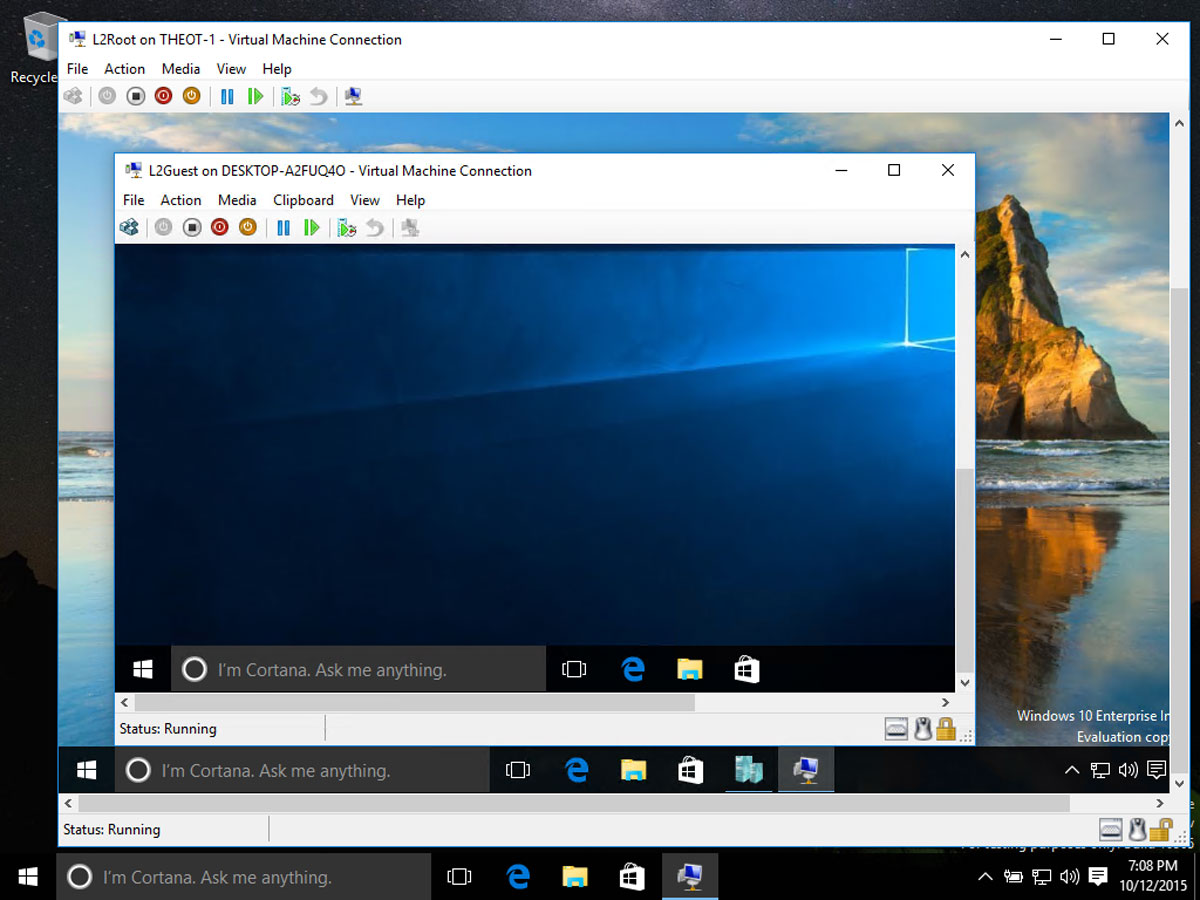
Microsoft is plumbing the depths of cloud computing yet again with the development of what could be a pay-per-use desktop virtualization service called Mohoro. According to ZDNet's Mary Jo Foley, Mohoro is essentially Azure's answer to Remote Desktop, but as a hosted service. Intended for "companies who want thin clients or to run legacy apps on new PCs," her source states that, "With Mohoro, you click a few buttons, deploy your apps, use Intune to push out configuration to all of your company's devices, and you're done," thus skipping the need for server infrastructure. As Foley points out, however, Azure-hosted virtual machines aren't currently set up to run Windows clients under Microsoft's licensing terms. What's more, Mohoro development is reportedly in its early days, and as such, Foley speculates that it won't be a reality until much later -- she's guessing the latter half of 2014.
Filed under: Networking, Microsoft
Comments
Source: ZDNet
 It's been well over a decade since Macs have been able to run Windows. Ever since, Parallels has been one of the top options for running Microsoft's OS alongside macOS. With the big Mojave update just around the corner, Parallels today is releasing v...
It's been well over a decade since Macs have been able to run Windows. Ever since, Parallels has been one of the top options for running Microsoft's OS alongside macOS. With the big Mojave update just around the corner, Parallels today is releasing v...
 It's been well over a decade since Macs have been able to run Windows. Ever since, Parallels has been one of the top options for running Microsoft's OS alongside macOS. With the big Mojave update just around the corner, Parallels today is releasing v...
It's been well over a decade since Macs have been able to run Windows. Ever since, Parallels has been one of the top options for running Microsoft's OS alongside macOS. With the big Mojave update just around the corner, Parallels today is releasing v...
 In the early days of computing, local storage and processing weren't actually a thing. Instead, your individual computer acted as a terminal, pulling data from a central processing server. Well, the French startup Blade likes it that way and has rele...
In the early days of computing, local storage and processing weren't actually a thing. Instead, your individual computer acted as a terminal, pulling data from a central processing server. Well, the French startup Blade likes it that way and has rele...
 The underpinnings of Chrome OS have found their way into the server room in a very roundabout way. Red Hat has acquired CoreOS, the creators of an operating system for containerized apps (Container Linux) that shares roots with both Google's Chromiu...
The underpinnings of Chrome OS have found their way into the server room in a very roundabout way. Red Hat has acquired CoreOS, the creators of an operating system for containerized apps (Container Linux) that shares roots with both Google's Chromiu...
 Call it Windows Inception. Microsoft has revealed that the latest Windows 10 Insider Preview supports nested virtualization, which lets you launch a virtual machine within another virtual machine -- yes, you can run Windows inside of Windows inside...
Call it Windows Inception. Microsoft has revealed that the latest Windows 10 Insider Preview supports nested virtualization, which lets you launch a virtual machine within another virtual machine -- yes, you can run Windows inside of Windows inside...










